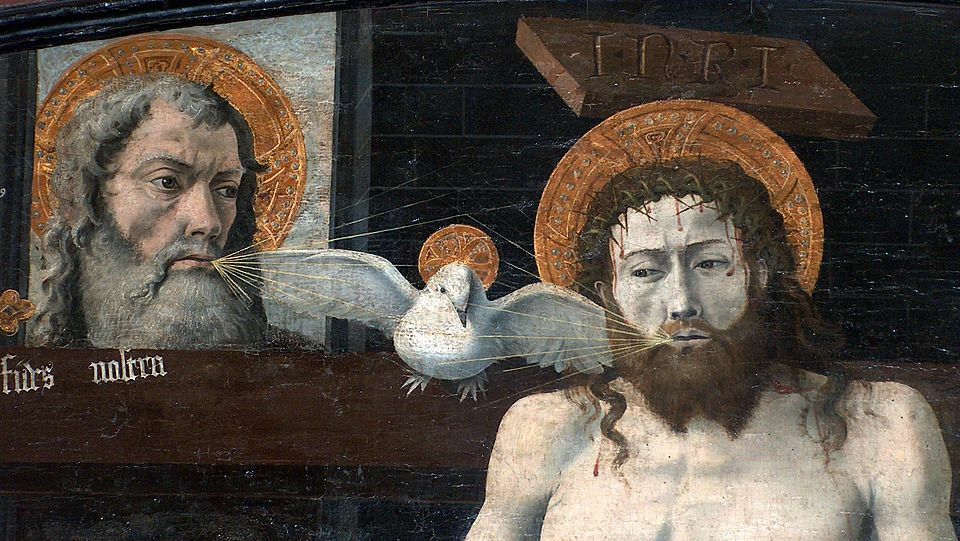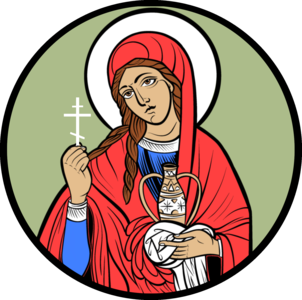The Filioque


This term being Latin for “and the Son” was inserted into the Nicaean Creed in 589 at the third council of Toledo in Spain. The same third council marks the entrance of Visigothic Spain into the Roman Catholic Church. The insertion of Filioque was finally accepted as a whole by the Roman Church in the 11th century. This is a long and interesting argument that has separated East and West since the insertion and was a major issue which in part led the bull of excommunication slammed on the altar during the Divine Liturgy in Hagia Sophia on July 16 1054 by Papal legate Cardinal Humbert of Silva Candida (French Benedictine abbot) excommunicating Patriarch Michael I Cerularius, who in turn excommunicated Pope Leo IX. Both sides have compelling arguments and both use Scripture and the Church Fathers.
It is beyond the scope of this little blurb to get into the details. However, the Latin Church at the time of 589 was dealing the ravages of the Arian Hersey and determined to emphasize the Divinity of Christ which led to the insertion of “filioque.” Which is giving a double procession of the Holy Spirit from the Father and the Son. In the Orthodox East we are opposed to it because it gives something to two persons of the Trinity and not the third. The Church has always believed and taught that each person of the Trinity has unique characteristics to himself and characteristics shared by all three. Filioque we believe disrupts this and has led to a wrong understanding of who God is throughout the Christian West.
On December 7, 1965 the state of excommunication between the Latin West and the Orthodox East was jointly lifted by Pope Paul VI and Ecumenical Patriarch Athenagoras in Jerusalem. Both Churches continue to share this difference to this day even though the original creed without filioque is inscribed on silver tablets just inside the doors of St. Peter’s Basilica in Rome. The Roman Catholic Church has considered taking out Filioque but it remains to this day.
